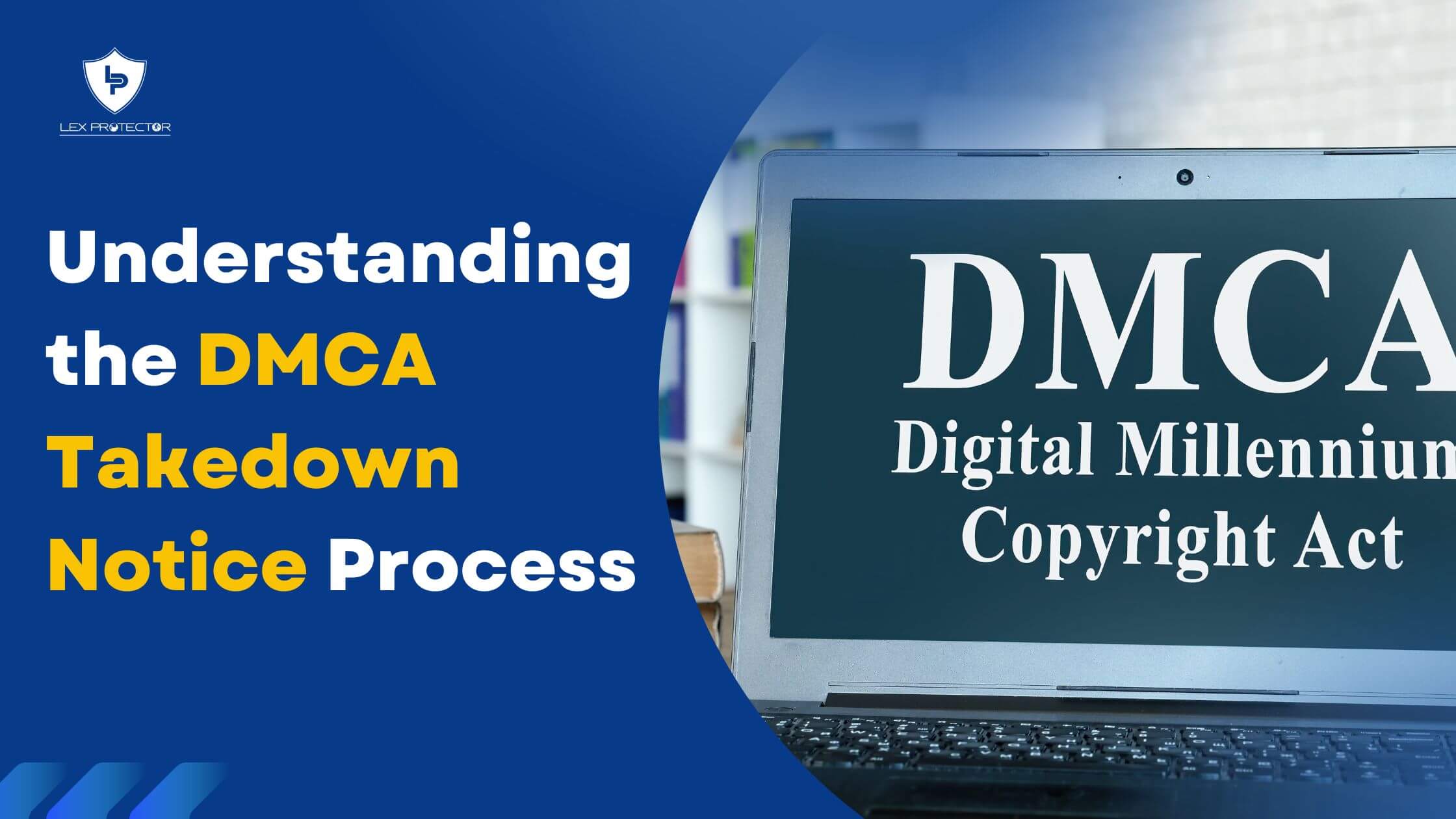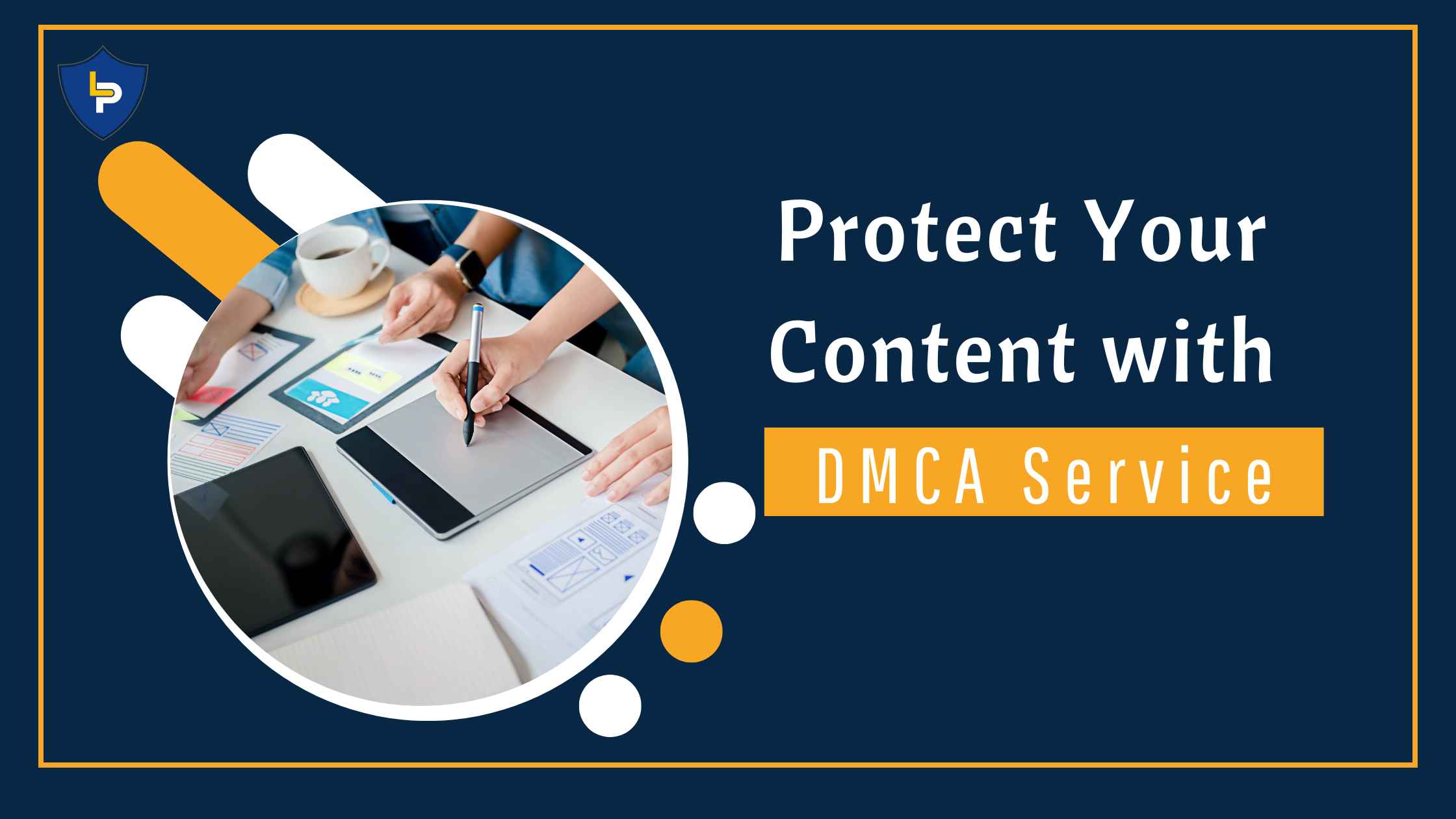In the digital age, content theft has become a prevalent issue that affects website owners and content creators across the globe. The unauthorized use of your website’s content not only harms your intellectual property but also impacts your search engine rankings and overall brand reputation. One of the most effective tools for combating content theft is the DMCA Takedown Notice. In this blog, we’ll explore what content theft entails, how to protect your website, and the steps involved in using a DMCA Takedown Notice to safeguard your intellectual property.
Understanding Content Theft
Content theft occurs when someone uses your original content without permission. This can include text, images, videos, and other multimedia. The stolen content is often reposted on other websites, social media platforms, or used in other marketing materials. Such actions can dilute your brand, divert traffic from your site, and even result in revenue loss.
Steps to Protect Your Website Against Content Theft
- Monitor Your Content Regularly
- Use tools like Copyscape, Grammarly, or Google Alerts to regularly check if your content is being copied and used elsewhere without permission.
- Set up alerts for specific keywords and phrases unique to your content to catch unauthorized use.
- Use Watermarks and Copyright Notices
- For images and videos, add watermarks that include your website’s name or logo.
- Clearly display copyright notices on your website, stating that the content is protected and unauthorized use is prohibited.
- Implement Technical Measures
- Disable right-click functionality on your website to prevent easy copying of text and images.
- Use code obfuscation techniques to make it more difficult for others to scrape or duplicate your website’s content.
- Trademark Your Brand
- Trademarking your brand name and logo can provide additional legal protection against content theft and unauthorized use.
- Legal Documentation
- Create a terms of service agreement and a copyright policy on your website to inform visitors of the legal protections around your content.
What is a DMCA Takedown Notice?
The Digital Millennium Copyright Act (DMCA) is a U.S. law that provides a legal mechanism for copyright holders to request the removal of infringing content from websites and online platforms. A DMCA Takedown Notice is a formal request sent to the hosting service provider or website administrator where the infringing content is hosted, demanding the removal of the unauthorized content.
How to Use a DMCA Takedown Notice
- Identify the Infringing Content
- Locate the exact URL of the page where your content is being used without permission. Ensure you have a clear record of the original content and its publication date on your website.
- Gather Evidence
- Take screenshots of the infringing content, noting the URL, date, and time. This evidence will support your claim when submitting the DMCA Takedown Notice.
- Find the Contact Information
- Look for the contact information of the website’s hosting provider. This can usually be found through a WHOIS search, which provides details about the domain registration and hosting provider.
- Draft the DMCA Takedown Notice
- Your DMCA Takedown Notice should include the following elements:
- Your contact information (name, address, email).
- Identification of the copyrighted work being infringed.
- Identification of the infringing content with sufficient detail (URL of the infringing content).
- A statement asserting that you have a good faith belief that the use of the material is unauthorized.
- A statement under penalty of perjury that the information in the notice is accurate and that you are authorized to act on behalf of the copyright owner.
- Your electronic or physical signature.
- Your DMCA Takedown Notice should include the following elements:
- Send the DMCA Takedown Notice
- Send the notice to the hosting provider of the infringing website. Many providers have designated DMCA agents listed on their websites or in their WHOIS records.
- Follow Up
- Follow up with the hosting provider to ensure that the infringing content is removed promptly. Keep records of all communications.
Responding to Counter-Notices
In some cases, the infringing party may submit a counter-notice claiming that the content does not infringe on any copyrights. If you receive such a counter-notice, you have the option to pursue legal action within 10-14 days to prevent the reinstatement of the infringing content.
Conclusion
Content theft can be a significant challenge for website owners, but by taking proactive measures and using legal tools like the DMCA Takedown Notice, you can protect your intellectual property effectively. Regularly monitor your content, implement technical safeguards, and be prepared to act swiftly if your content is stolen. Understanding and utilizing the DMCA Takedown Notice can ensure that your original work remains protected and that any unauthorized use is promptly addressed.






 Mon-Sat 10am-7pm IST
Mon-Sat 10am-7pm IST